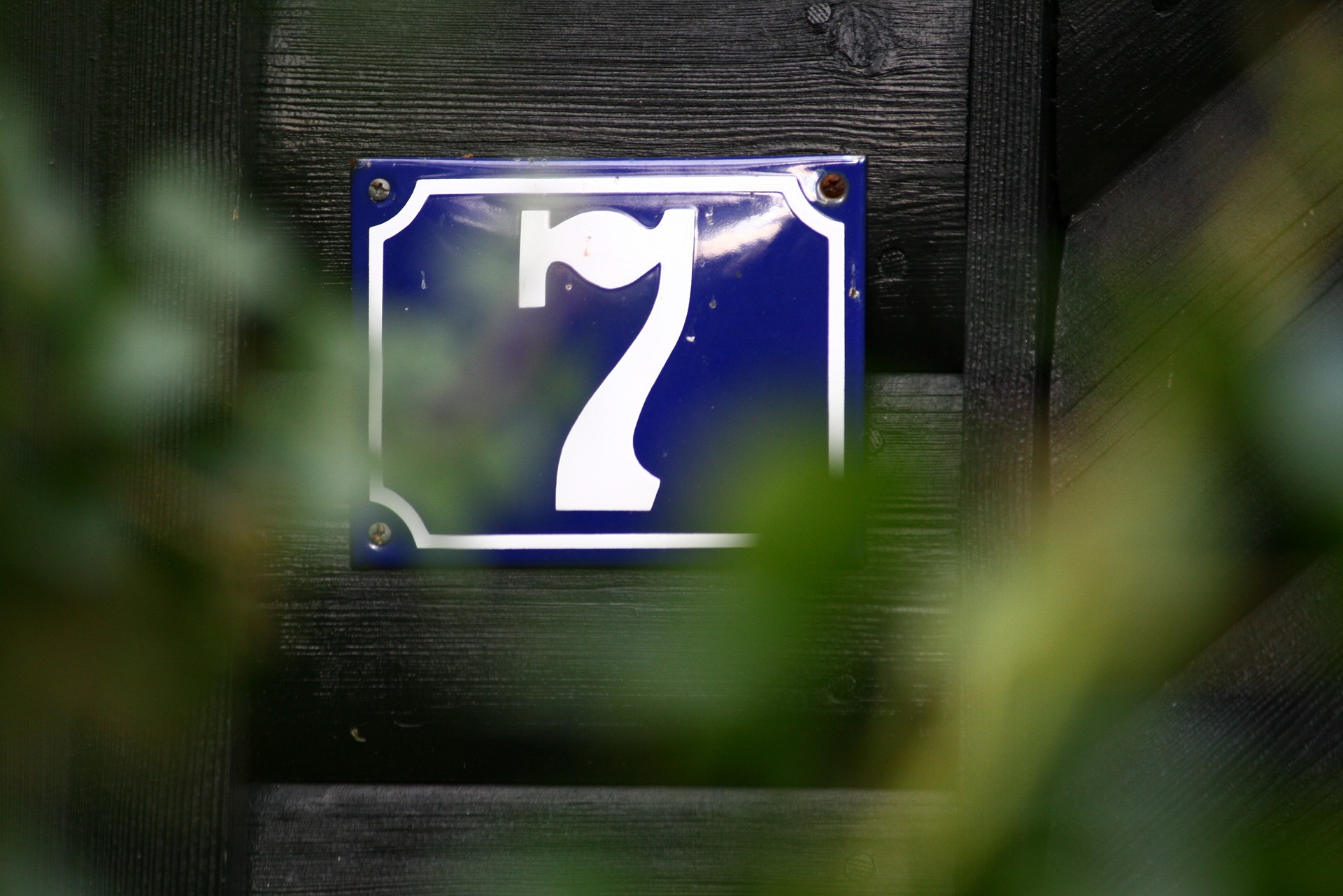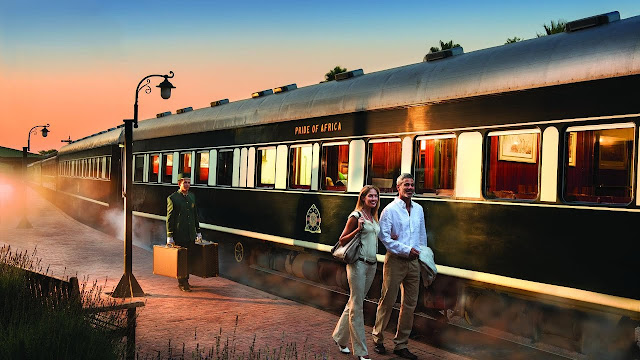09 Secret Things You Might Don't Know About Statue Of Liberty
Lady Freedom. Mother of Liberty The goddess of green. Whatever name you give it, the Statue of Liberty is a representation of freedom and is closely associated with the United States. It is not just famous for its silhouette against the skyline of New York City, but it also represents for all that America stands for. The steadfast protector of the New York Harbor has long been one of the first sights newcomers to U.S nation encounter.
Most people can quickly and easily recognize the Statue of Liberty as an emblem of American patriotism. You undoubtedly already know that it's on Liberty Island in the New York Harbor, but Lady Liberty could have a few mysteries of her own. Let's discuss the information that you didn't know about it.
(09) Statue of liberty was once split into pieces
On June 17, 1885, the Statue of Liberty traveled from France in more than 300 copper parts. The French ship Isère was carrying the priceless cargo in 214 boxes. There wasn't the recognizable arm holding the flame. To generate funds to sponsor the pedestal, it stood in Madison Square Park for six years. 200,000 people showed up to welcome the monument as the ship transporting it docked in the country. On October 28, 1886, President Grover Cleveland presided over the ceremonial dedication ceremony.
(08) Everything revolves around Seven.
The Statue's crown includes seven spikes, which represent the seven continents and oceans and represent worldwide liberty. There are 25 windows in its skull, which equals 2+5 to form the less obvious allusion to the number 7 there. The monument is 151 feet tall and has 16 leaves surrounding the torch. which means that the total of both those digits, 1+5+1=7 and 1+6=7, is also seven. Clearly, the Statue's designers thought a lot about that number.
(07) Control over the Statue of Liberty Torch
The statue was created by Bartholdi starting in 1876 and was finished in 1880. The copper sculpture is 48 feet broad and more than 4 floors high. It has three parts: base, body, and armature, and weighs roughly 7,500 pounds. When electricity is delivered through a conductor attached to the torch, the internal mechanisms of the armature enable movement of the piece. The pedestal itself has a generator that produces the current needed to power the torch.
(06)The face of the Statue of Liberty could be that of a man
You would believe that Lady Liberty is merely a generic monument of a lady carrying a torch, but artist Frédéric Auguste Bartholdi had a specific concept for his statue from the start. Like other works of art, the Statue of Liberty's final appearance was really influenced by a variety of personal and artistic factors.
There was much debate about the Statue of Liberty's likeness when she was initially revealed to the public in 1886. Others went so far as to claim that she genuinely resembled a guy, while others named famous personalities or other pieces of art. Yes, it is accurate. Because of her strong jawline and serious face, a sizable portion of individuals think Lady Liberty could actually be a male. maybe in the face.
True, her visage may be rather intimidating up close. She has a resolute, serious look on her face. She isn't posturing seductively or grinning with a sparkle in her eye like many other female sculptures you may be familiar with. Instead, the long and arduous path to freedom is symbolized by her stern attitude and the serene look on her face. You may be confident that while she may have a threatening face, she did not in any way model it after a male.
(05) There More one than Statue of Liberty
The tiny Statue of Liberty, which served as the inspiration for the larger statue, may be found in Paris' Jardin du Luxembourg. Since Bartholdi donated it to the Luxembourg museum for the world's fair of 1990, it has been there since 1906. In order to commemorate the French revolution's 100th anniversary, a different replica of the monument was built on an island in the Seine River in 1889. Its two anniversaries, July 4, 1776, and July 14, 1789, stand for the importance of revolution as well as the friendship between the two countries. On the de l'alma in Paris, there is also a life-size replica of the torch.
For installation in its own nation, the American government commissioned Bartholdi to make a second replica of the monument in 1884. He agreed to do so, but with one stipulation: the new monument had to be erected in Paris as opposed to New York, as he believed that residing in America was detrimental to an artist's ability to make a livelihood. The monument known as "La Liberté" or "The Freedom" was finished five years after the French government accepted his offer. Similar to its American cousin, "La Liberté" is a copy, yet it differs greatly from the original in many ways.
(04) It Use as a Lighthouse
Originally, the monument was meant to act as a beacon for ships entering New York Harbor. And it truly became one two years after arriving in the US. The Statue's lamp was a beacon for sixteen years. But it wasn't bright enough, and Bartholdi volunteered to cover the entire statue with god to make it brighter when he ran out of ways to improve it. Congress rejected the proposal because it would have been astronomically expensive.
(03) Green wasn't always the color of the Statue of Liberty.
Since the Statue of Liberty is composed of copper, its initial hue resembled that of a penny. The New York Historical Society claims that in 1920, oxidation caused it to totally turn green. It used to be split 50/50 between brown and green. The restoration didn't affect the new hue, and experts assert that the patina-style coating won't ever wear off.
(02) One of history's earliest crowdsourcing initiatives was for the Statue of Liberty.
The monument was purchased by the French government with the understanding that the pink Stony Creek granite pedestal would be funded by American donations. Congress couldn't agree on a dollar number, Governor Grover Cleveland refused to utilize state funds, and a special fundraising committee came up short by a third.
Then Joseph Pulitzer, a prominent American newspaper owner, intervened. He essentially launched one of the first large-scale mass-fundraising campaigns in history by promising each donor a public thank-you in his publications. Baltimore, Philadelphia, San Francisco, and Boston all began considering acquiring the sculpture for their respective cities as a consequence. With more than 160,000 donors, including children, street cleaners, and politicians, the campaign raised $101,091 in just five months. More than 75% of the donations were made in quantities of less than $1. The final portion of the pedestal's cost was funded by $100,000, and the remaining sum was presented as a gift to the artist, allowing them to proceed.
(01)The Original Model may have been an Egyptian Woman
Many historians assert that Libertas, the Roman goddess of freedom, was the inspiration for the Statue of Liberty. But Frédéric-Auguste Bartholdi's monumental sculptures protecting Nubian graves served as his primary source of inspiration. He acquired a penchant for massive public monuments that lasted his whole life. Bartholdi imagined a massive statue of an Egyptian woman wearing a robe to stand in Port Said, the canal's northern terminus, as part of his plan for the Suez Canal. The statue's prototype was known as "Egypt Carrying the Light to Asia."
Due to its enormous cost, the idea was ultimately abandoned, although the drawings would still be used. The goddess known as "Liberty Enlightening the World" developed from the female figure in the Port Said design.






.jpg)




Comments